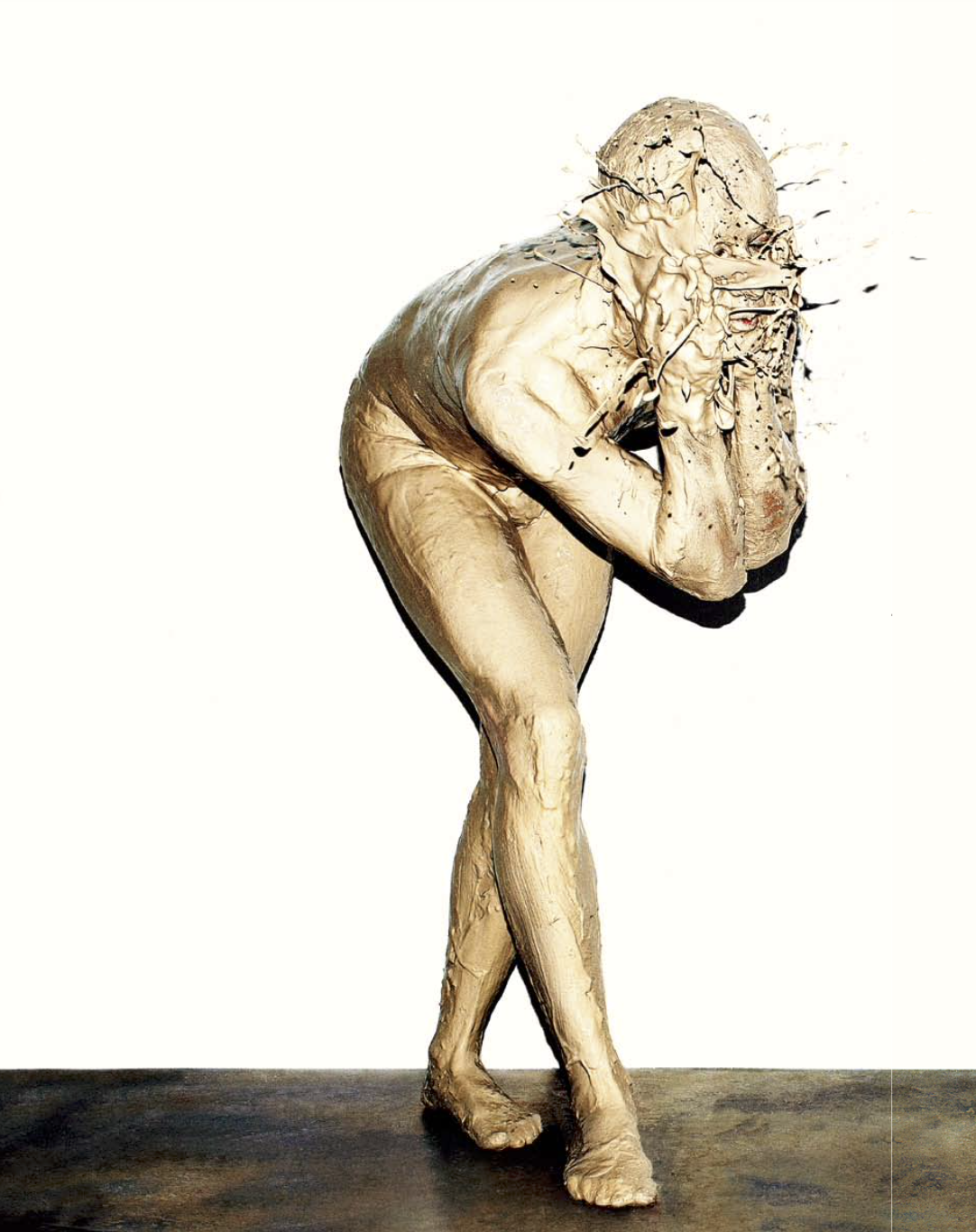RYAN McNAMARA
Interview by Michael Bullock
Photography by Butch Hogan

For years performance art has been the troubled forgotten stepchild of the New York art world. The reasons were obvious galleries didn’t know how to sell it and museums couldn’t figure out how to show it. However for the last five years a handful of forces have quietly come together to change these notions setting the stage to make performance art the most celebrated form of the new decade. This shift has two major champions: Roselee Goldberg and Klaus Biesenbach.
Roselee Goldberg literary wrote the textbook on the subject, Performance Art: From Futurism to the Present. First published in 1979 and now in its third edition. In 2004 Goldberg went on to found PERFORMA, a non-profit multi-disciplinary arts organization for the "research, development, and presentation of 21st Century visual art performance". In 2005] Performa launched the first ever Performance Art Biennial, a three-week long international showcase of emerging and established artist. The Biennial transformed all of New York City into one giant stage and instantly filled a missing gap in the structure of the art world. From the start it was a run away success nearly doubling in size in 2007 and 2009.
Klaus Biesenbach became the director of PS1 in 2009 as well as the Chief Curator at Large for MoMA. Biesenbach quickly made his mark by making performance a focal point of his programming. In 2010 he organized the ground breaking retrospective of his long time friend performance artist Marina Abramović. Half a million people visited the Abramovic retrospective, “The Artist Is Present,” making it not just a success for performance art but one of the most well-attended shows in the history of the museum. Charlie Finch of Artnet wrote” It was the first exhibition of performance art to have an impact on the cultural world at large”. Biesenbach has used his post at PS1 to foster the next generation of Abramovic’s. One artist featured here went as far as to say that this very portfolio was a showcase of Klaus’s children.
Goldberg and Biesenbach’s influence have ushered in a new wave of talent that has brought performance art up to date while making it there own. There work has delighted curators, art lovers and even the general public thanks to a new level of on-line accessibility. Here Modern Weekly introduces the scene brightest new stars: Hanah Bin, Ryan McNamara, Yemenwed, Kalup Linzy, Laurel Nakadate and Liz Magic Laser. Each artist explain how they came to be performance artist, why they make what they make and why how they feel about performance arts epic renaissance.
How did you become a performance artist?
I started off as a photographer. As a teenager stuck in Arizona the only thing to photograph since I didn’t have a car was myself. I posed in thousands of different positions and at some point I realized the positions were more interesting then the photographs.
Did you enjoy the switch to working with a live audience?
Yeah, I crave new experiences and I think that performance has a unique advantage in that it’s a real interaction with other people and as an artist I get to have that experience as well. When I put a photograph on a wall or a video in a show I don’t get that interaction because I’m not there. I find it interesting that people that go to see art are going to have a multi-sensory experience. Your not just looking at the photograph on your computer you have decided to get on a subway, go to a gallery and look at work in person with other people. There is an interest in having an experience that performance exploits. It makes it a hyper experience because the viewer becomes a part of the work.
What for you draws a distinction between performances? (Entertainment) and performance art?
First of all the terms are problematic, performance art is so loaded by this point. Allot of performance artist now say they work in performance and I think the reason that they say that is that are trying to avoid cliché of what performance art is. We all have an outdated idea in our head about what performance art looks like, myself included. The difference I think again has to do with the experience that is shared between the audience and the performer. Performance art blurs that distinction; there is something about being present. With a theatrical performance like a play there is still a receiving energy from the audience but the aim is to recreate the same play over and over again. With performance there is more attention to being in the moment, it’s not to say there is not an organized program but it is more about the actual moment, the specific people that are there, in that space, at that time, those factors come together to creates the performance. That is why there is allot of mythology built up around 70’s performance because it was a singular experience.
Why do you think performance art having this big moment in NYC right now?
I think it is a craving of one on one human relationship. When you go to MOMA, It is a big institution; it hosts thousands of people a day. It doesn’t have a human scale and performance by its very nature has to have a human scale. We have these grand entertainment spectaculars in our lives. The entire universe goes to see Avatar; it’s such a grand production. There is something about human contact that people are craving when most entertainment has become so epic with such high production value.
